Riva Luting research
Riva luting a chemically cured glass-ionomer luting cement.
Performance
Waldo B., Zhang P., Bennet J., Michalek S.M., Katz J., Broome J.C., Antimicrobial Activity of Composite-Resin and Glass-Ionomer Cements, University of Alabama at Birmingham, USA.
Glass-ionomer cements (GIC) are used as luting agents and their beneficial properties include adhesion to tooth structure, antimicrobial activity, fluoride release upon initial setting of the material, and subsequent release of fluoride following a topical fluoride application. A dental material with these favorable characteristics can potentially enhance successful restorative treatment by preventing microbial growth.
The aim of this study is to determine in vitro antimicrobial activity of GIC, resin-modified-glass-ionomer cements (RMGIC), fluoride-releasing-composite-resin cements (FRCRC) and composite-resin cements (CRC) against three cariogenic bacteria, Strepococcus mutans, Streptococcus sobrinus, and Lactobacillus.
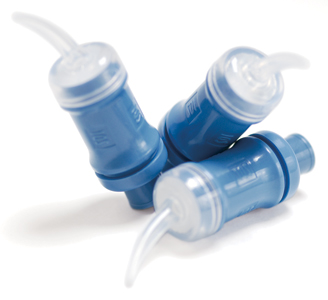
Results:
| Material | Type of Cement | LACTOBACILLUS(mm ± SD) | S.MUTANSUA159 (mm ± SD) | S.SORBRINUS 6715 |
| Ketac Cem | GIC | 9.8 ± 0.1 | 9.9 ± 0.8 | 10.2 ± 0.2 |
| Riva Luting | GIC | 9.3 ± 0.1 | 10.5 ± 1.1 | 9.9 ± 0.3 |
| Rely X | RMGIC | 11.2 ± 0.4 | 21.4 ± 2.9 | 15.0 ± 0.4 |
| Fuji Plus | RMGIC | 15.7 ± 0.2 | 9.0 ± 0.2 | 9.6 ± 0.1 |
| Perma Flo DC | CRC | 0 | 0 | 0 |
| Rely X Arc | CRC | 0 | 0 | 0 |
| Panavia F | FRCRC | 0 | 0 | 0 |
| Rely X Unicem | FRCRC | 0 | 0 | 0 |
RMGIC and GIC inhibited the growth of all 3 bacteria. No bacterial inhibition was found with the fluoride-releasing resins.
Riva Luting has similar antimicrobial activity to Ketac Cem.

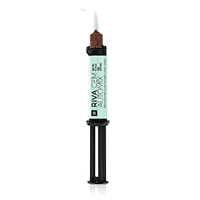
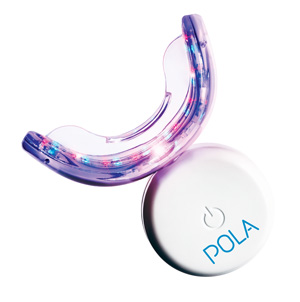
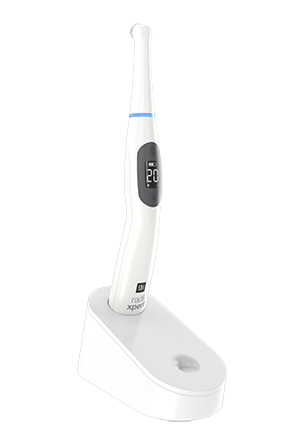
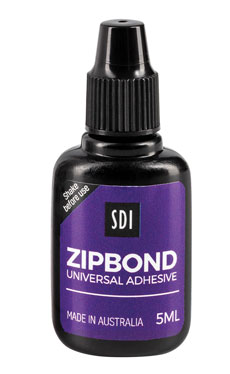


 New Zealand -
New Zealand - 
 United States -
United States -  Canada -
Canada -  Canada -
Canada -  Central/South America -
Central/South America -  Brazil -
Brazil - 
 United Kingdom -
United Kingdom -  Ireland -
Ireland -  Germany -
Germany -  France -
France -  Italy -
Italy -  Spain -
Spain -  Poland -
Poland -  Portugal -
Portugal -  Czech Republic -
Czech Republic -  Other European countries -
Other European countries - 


